True or false? The epiglottis controls the opening of the esophagus.
False. The epiglottis covers and prevents food from getting into the trachea.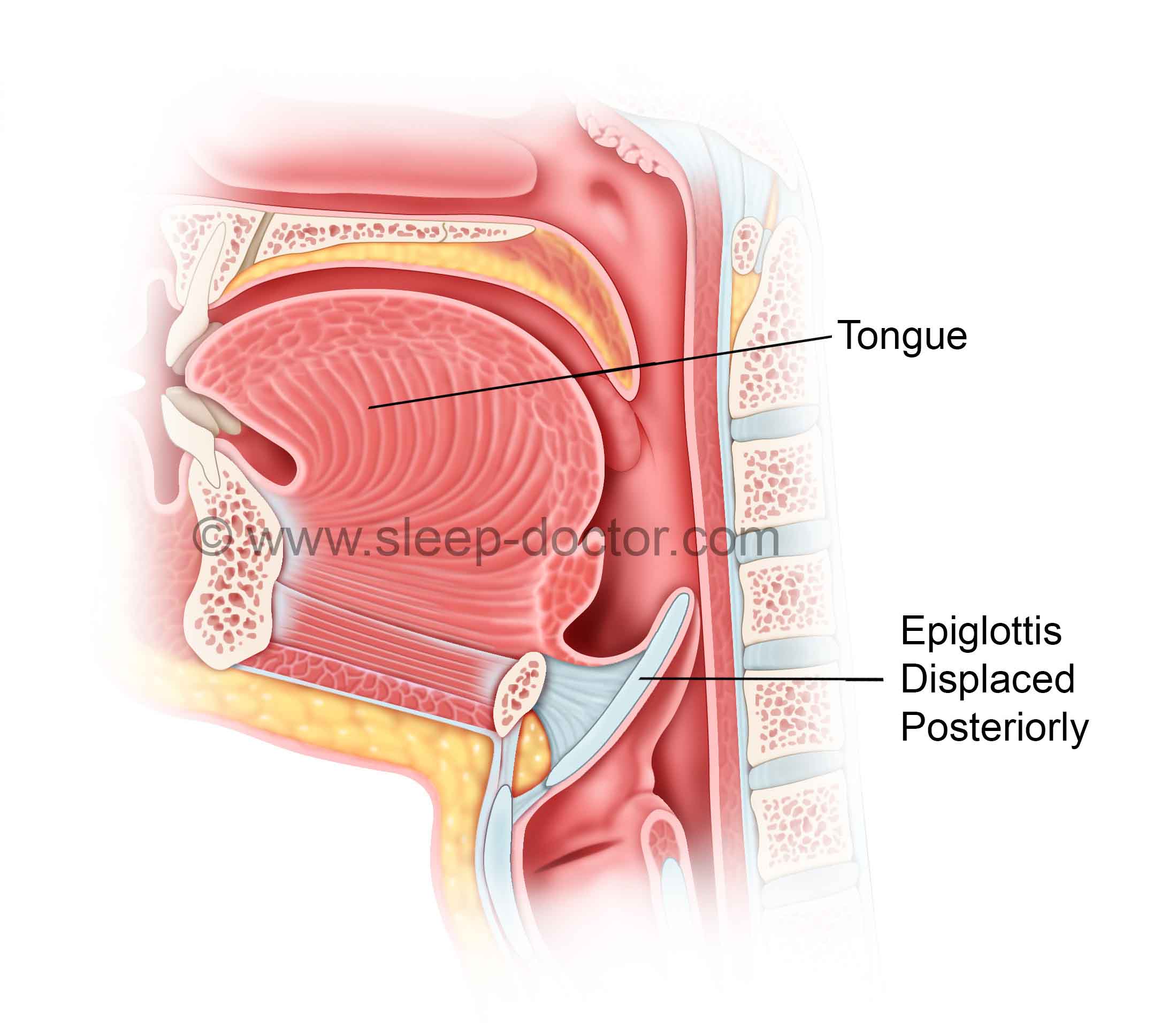
True or false? The gallbladder stores bile.
True! The liver produces bile which is stored in the gallbladder until needed.
True or False? The large intestine is longer than the small intestine.
False! On average, the small intestine is 7 meters long, whereas the large intestine is approximately 1.5 meters long. 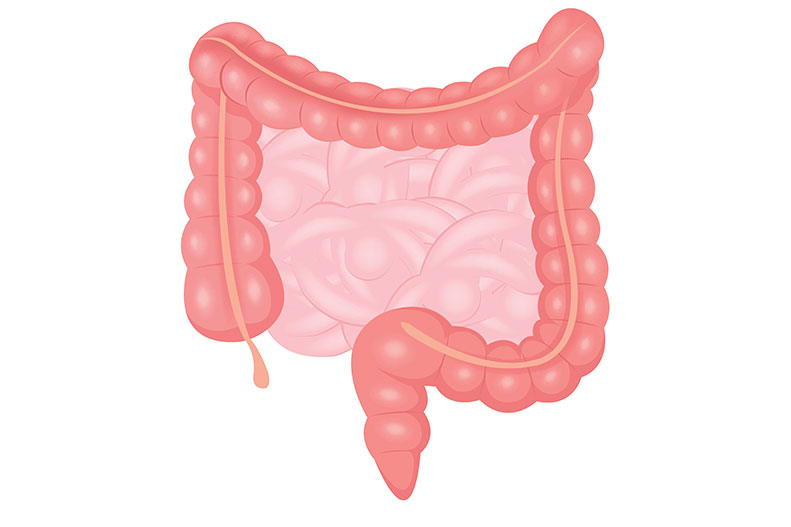
True or false? The stomach has a pH level of 6.
False! The stomach has a pH level of 1.5-3.5 because the fluids in your stomach are acidic. The acidity is important for breaking down proteins and killing any bacteria you potentially swallowed.
True or false? The teeth are the hardest substance in our bodies.
True.
Where are the salivary glands located?
The back of the mouth
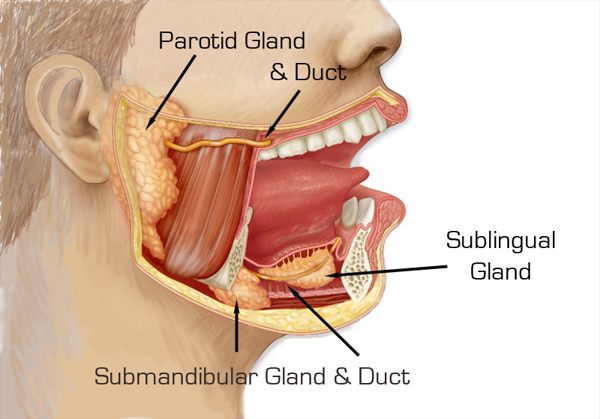
Which body part is involved with the end of digestion?
At the end of digestion feces exit the body through the anus.
Where is the rectum located?
Above the anus and at the end of the large intestines. 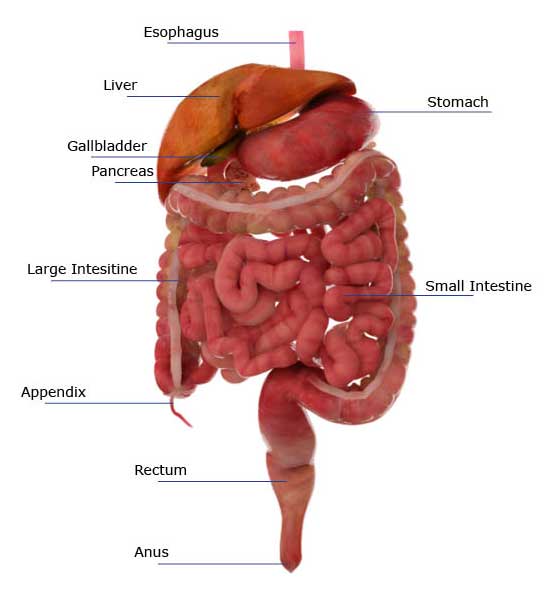
Which tube lies behind the trachea?
The esophagus. 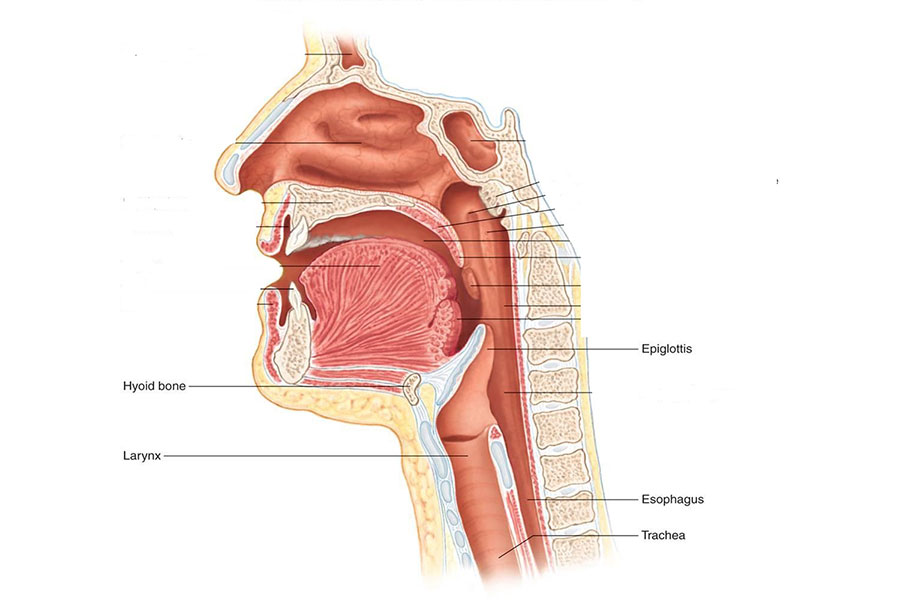
Which body part starts the first part of digestion?
The mouth. 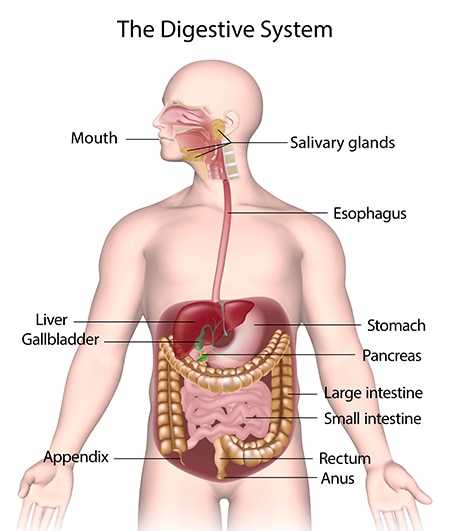
Which parts of the digestive system do mechanical digestion? (two parts)
The mouth and stomach muscles. The mouth chews and breaks down food while the stomach muscles contract to churn and mix food.
What organ produces the most enzymes and aid in making hormones?
The pancreas. It produces enzymes such as insulin as well as many enzymes involved with digestion such as amylase, protease, lipase, and nuclease.
What is the waste product of digestion called?
Feces.
Are enzymes involved with mechanical digestion or chemical digestion?
Chemical digestion - they break down macromolecules of nutrients into small molecules that our bodies can absorb.
What is the largest organ in the digestive system?
The liver.
What is the definition of bile?
An alkaline fluid secreted by the liver and stored in the gallbladder that aids in digestion.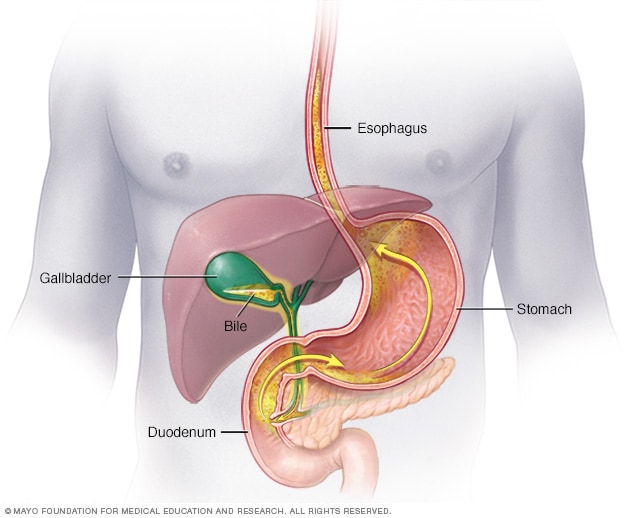
What is the definition of amylase?
An enzyme that converts starch and glycogen into simple sugars.
What is the definition of lipase?
An enzyme found in the pancreas that breaks down fats and alcohols.
What is the definition of chyme?

What is the definition of peristalsis?
Constriction and relaxation of muscles in the esophagus that push food contents towards the stomach.
What is the definition of pepsin?
Pepsin is an enzyme that functions in the acidic juice of the stomach and breaks down proteins.
What is the definition of chemical digestion?
The process of breaking down large food molecules using enzymes for the body to absorb.
What are the villi?
Villi are tiny finger-like structures that are found in the small intestine. They increase the surface area of the small intestine to maximize the amount of nutrients absorbed. 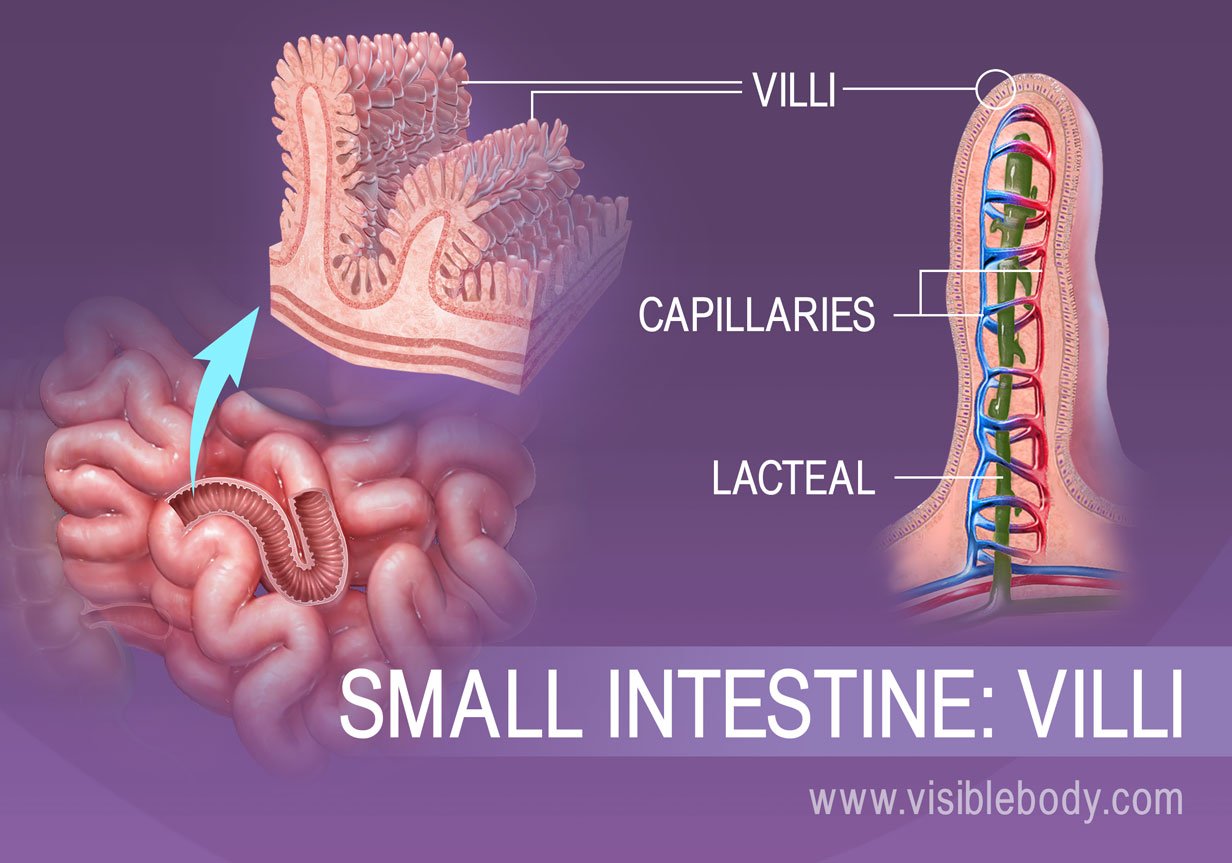
What is the function of the tongue in relation to digestion?
The tongue helps move the food around in your mouth while you chew as well as swallowing the food.
What is the definition of the small intestine?
A long tube-like organ connected to the stomach and large intestine. Its main function is to further digest and absorb nutrients from the food.